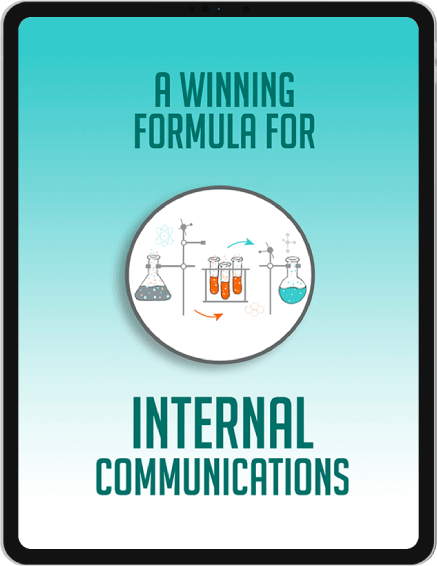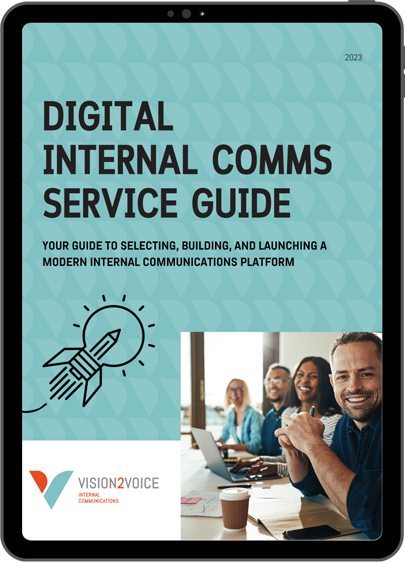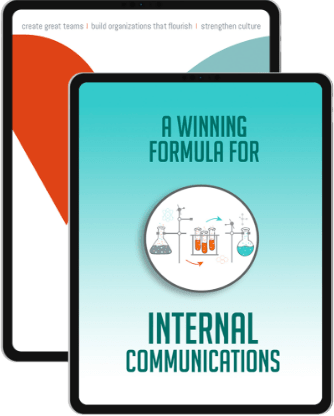
Shit happens.
Sometimes a rogue actor within the company commits fraud or worse. This occurred at Desjardins, a large Canadian financial company, when an employee improperly accessed and shared the information of 2.7 million individuals and some 173,000 businesses.
Sometimes good people do bad things because of performance pressures. This is thought to be the reason behind the scandal at Wells Fargo where employees opened accounts for people without their authorization.
Sometimes people do the wrong thing because of a lack of knowledge or guidance on what is appropriate and what is not. I’ve worked with an organization on projects related to financial controls where the proper steps weren’t followed because they were not well understood or clear.
And sometimes company leaders make decisions that employees disagree with because they believe it crosses a moral line. This is what happened recently with Wayfair. Wayfair has been in the headlines because leaders and employees were at odds over a business transaction. Employees even staged a walkout because they thought management was in the wrong as they disagreed with management’s decision to sell furniture to Trump’s migrant detention camps.
The cost of wrongdoing
Regardless of the cause, a breech in ethics and clash of values can do serious harm to companies faster than you can say, SHADY. Brand trust is destroyed, share price plummets, and the company goes into serious damage control mode. If that isn’t enough motivation to put an emphasis on building a strong culture based on ethical behaviour, companies with poor corruption ratings related to have lower profitability than those with higher ratings. Finally, employee engagement levels decline drastically in those companies rocked by scandal.
The Wells Fargo scandal cost the company well over a billion in fines
and $575 million to settle legal claims.
Old strategies for building ethical cultures don’t work
Many companies tackle values and ethics with compliance programs. These programs typically focus on training and awareness. This approach is largely unsuccessful because they create a check box mentality without deeply instilling values and behaviours that will prevent questionable business practices. I also believe this is an old school approach that doesn’t tap into key drivers of behaviours in people.
I believe internal communications can play a new role in preventing the wrongdoing that leads to scandals. I’ve created a five-step roadmap based on my work with clients, as well as some leading research to build a first line of defence against corruption, wrongdoing, and a culture of looking the other way. Not only that, it can build greater alignment around values and behaviours to help prevent a disconnect between expectations and a lack of clarity that led to the Wayfair walkout.
An internal communications roadmap for building a culture of integrity
STEP 1 – Build mutual understanding: It all starts with building an understanding of what matters to various groups in your organization. By having a clear picture of what is important to people, you can start your journey to alignment. I believe one of the most valuable roles internal communications can play is to have deep knowledge of various groups in the organization, including business leaders. When this understanding is developed, it is easy to identify where there are differences in values or thinking and ensure it is addressed.
STEP 2 – Start with why: it may seem obvious why we need to follow a code of ethics or why certain decisions might be wrong but I have seen it — when the pressure is on, and the stakes are high, poor or unethical behaviour can seem acceptable to some. It may seem difficult to compete in some industries or some countries if your competitors are paying bribes or using unfair practices. It is important to provide employees with both the business case for a high level of integrity.
STEP 3 – Clarify expectations: Many organizations have a code of conduct or ethics policy but there is often a grey zone where making the right decisions isn’t always obvious or where there is a trade-off involved. These tough decisions require more guidance and this is where active use of storytelling, scenarios, case studies and even gamification can help provide greater clarity related to expected behaviours. Communication internally around values and ethics need to be ongoing — don’t roll out a new policy and get everyone to sign it, then forget about it for two years.
STEP 4 – Have active and visible leadership: One of the biggest drivers of ethical behaviour are leaders with a strong moral compass and loads (that is the technical term) of integrity. Internal communications can support strong ethical leaders by making sure their message is clear and is heard across the organization — it should be on repeat. We are also able to plan, manage, track and measure to ensure the leader’s messages have the desired impact.
STEP 5 – Create a speak up culture: Building a culture where no one is afraid to speak truth to power is important. Many organizations have policies that protect whistle-blowers, but it strikes me that these should not even be necessary in 2019 when no-one should suffer repercussions for speaking up. Creating an organization where candour is valued doesn’t happen if you send out surveys and then don’t do anything with the results, or pay lip service to questions at the town hall without really demonstrating that you are listening with an open mind and open heart. Make it safe for people to speak up and come forward.
No organization is immune to scandal and wrongdoing. Yet it is possible to create a culture of integrity where there is absolute clarity and alignment with respect to values and behaviours that everyone can feel good about. Internal communication plays a key role in making this happen.

A Winning Formula for Internal Communications
Read The Free eBook
Our eBook shares our unique formula for building business culture and driving success. Find out the 3 key factors in attracting, inspiring and retaining high-calibre talent. Get your free copy when you subscribe to our newsletter. Be the first to know about new blog posts and stay up to date with industry news.
Download the ebook





